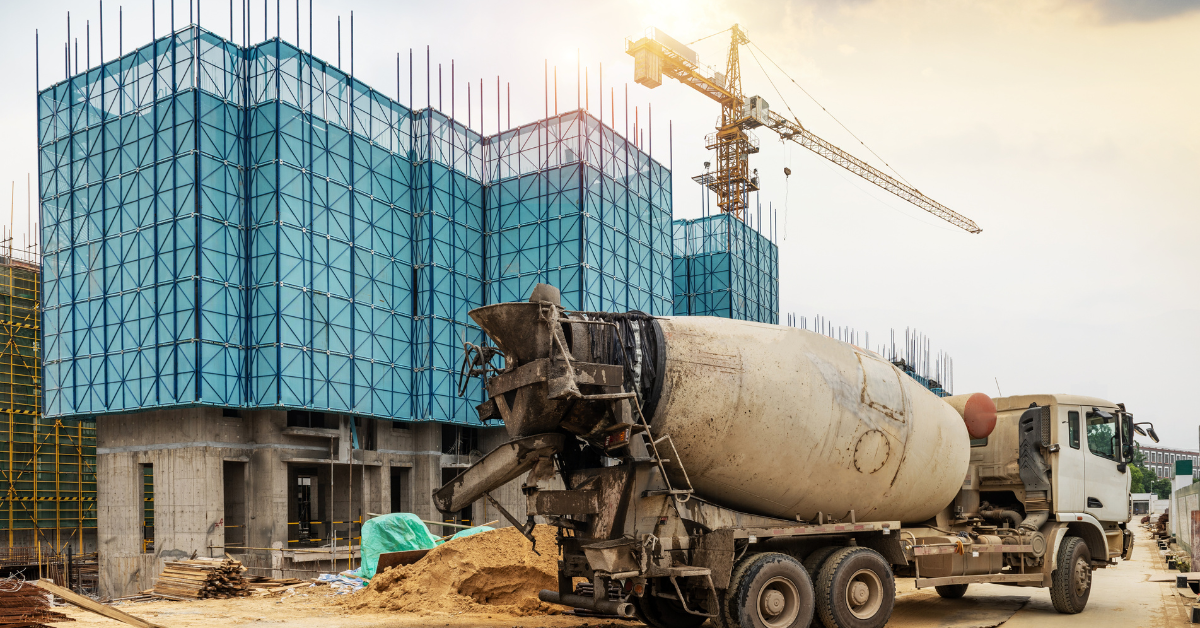
Some of the world’s most powerful people are working to make concrete and concrete products greener.
According to a story by the Wall Street Journal, concrete production contributes 7% of global carbon emissions—that’s more than double the aviation industry. But Bill Gates, Jeff Bezos, and former NBA player Rick Fox are working to change that.
The Environmental Benefits of Concrete
These modern-day industrialists are working to decarbonize concrete, which is great news for our planet and our communities. Despite the emissions the concrete industry grapples with, the environmental benefits of concrete are already strong. Increasingly, concrete is being hailed as a green building material because it is:
- durable
- fire resistant
- energy efficient
- protective against disasters
Because concrete and concrete products are so strong and resistant to deterioration or damage, they offer excellent longevity. Building with concrete reduces the cost and waste associated with rebuilding destroyed or damaged structures, promoting sustainability.
Concrete is also accessible. The materials required to make concrete and concrete products are affordable and the process is easy to execute. It’s no wonder that builders all over the world choose concrete and concrete masonry to construct safer, more sustainable communities.
And, unlike the lumber and wood pellet industries, production doesn’t include clear-cutting forests. While it’s true that producing concrete contributes to carbon emissions, MIT studies have shown that wood burns dirtier than coal and replanting takes 44 years to make up for the damage of burning wood. Even today, concrete is an eco-friendly choice for builders and there is emerging data that indicates dry cast concrete masonry may actually sequester carbon.
Making Concrete Greener
The main culprits behind emissions are high heat required and some of the component materials involved in production. Concrete is made of sand, gravel and cement. Cement is the binder that holds concrete together and is made by mixing limestone and clay together at extremely high heat. Heating limestone releases a considerable amount of CO2 not to mention the fossil fuels used to power the operation.
Gates and Bezos are investing heavily in venture firms that use new technology to reduce emissions while Rick Fox is heading up a similar startup that produces greener concrete. It comes at a good time as global cement production is expected to increase 25% by 2030 to meet the demands of urbanization.
Reducing emissions isn’t the only way to go green. Other companies are experimenting with creating cement from cleaner materials like rocks, coal ash, and volcanic ash. Still others are maintaining traditional production methods while simultaneously pulling emissions from the air and pumping it back into the concrete as it is made. Concrete block producers have increasingly begun utilizing portland cement limestone instead of traditional type 1 portland cement in an effort to reduce the carbon in raw materials.
There’s funding available to support these eco-friendly advances, making greener concrete a big business. The federal government is joining the fight in the form of grants, having allocated billions of dollars to incentivize decarbonization efforts. These funds support the important work being developed by these companies.
SCMA is Committed to Sustainability
Concrete already offers a host of economic and environmental advantages. The technological advances to reduce emissions is an exciting development in the concrete masonry industry as it allows us to steward our planet and our communities to an even greater extent.
Visit our website to learn more about SCMAs continuing education and efforts to ever-increasing sustainability in the concrete masonry industry.
